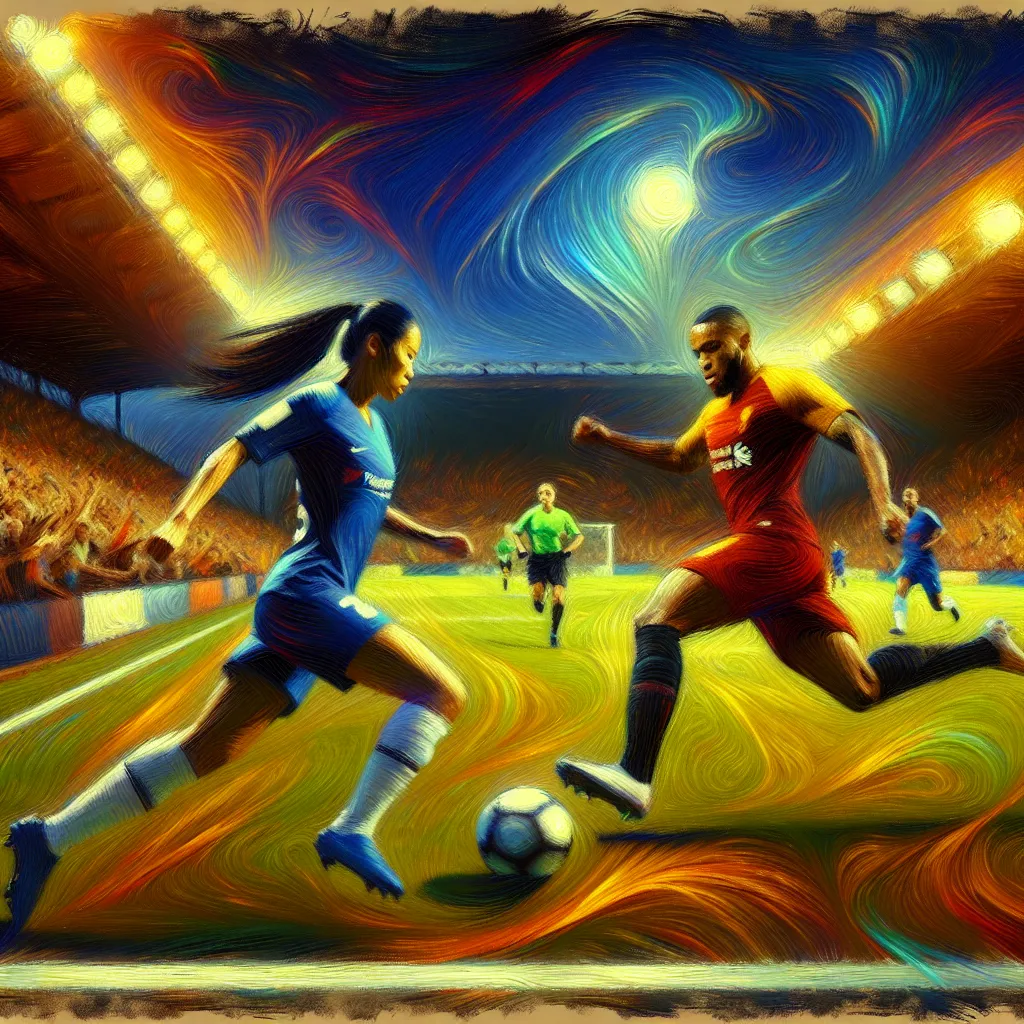
- Published on
- Authors

- Name
- Sports Tips
Second Strikers: The Link Between Midfield and Attack
In the modern game, the role of a second striker is often overlooked, yet it is crucial for both creating and finishing chances. Players like Paulo Dybala are prime examples of how effective this position can be, offering a blend of creativity, technical skill, and goal-scoring ability that bridges the gap between midfield and the main striker.
What is a Second Striker?
A second striker is not solely focused on goal-scoring like a traditional center forward. Instead, they hover in the "hole," the space between the opponent's midfield and defensive lines. This position allows them to:
- Create Opportunities: Using their vision and passing abilities.
- Finish Chances: By capitalizing on the spaces created by the main striker and midfielders.
- Interlink Play: Acting as a conduit for attacks originating from midfield, transitioning to offensive plays.
Main Attributes of a Second Striker
| Attribute | Description |
|---|---|
| Technical Skills | Mastery in dribbling, close control, and shooting. |
| Creativity | Ability to envision and execute a play, often seen in key passes and assists. |
| Positioning | Understanding where to be at the right time, maximizing potential goal opportunities and creating dilemmas for defenders. |
| Versatility | Capability to switch roles seamlessly with midfielders and the main striker. |
| Work Rate | High levels of stamina and effort to come back and assist in defense, as well as to make attacking runs. |
Paulo Dybala: The Quintessential Second Striker
Paulo Dybala encapsulates the essence of what makes a second striker invaluable. Known for his flair and vision, Dybala regularly links midfield play to the attacking third, making him a constant threat.
Key Aspects of Dybala's Play:
Dropping Deep: Dybala often retreats to collect the ball from deeper positions. This movement disorganizes opposing defensive setups and creates space for his team.
Combining Play: His ability to link up with midfielders and the main striker allows for fluid and dynamic offensive plays. This can often be seen in quick one-twos and through balls that split defenses.
Shots from Distance: Not afraid to take long shots, Dybala has a knack for striking the ball sweetly from outside the box, adding another layer of unpredictability to his game.
Versatility in Positioning: Whether cutting inside from the wing or playing centrally, Dybala can adapt his positioning fluidly, making it hard for defenders to mark him consistently.
Case Study: A Classic Dybala Moment
In Juventus vs. Lazio (2019), Dybala exemplified the role of a second striker. Dropping deep, he collected a pass from the midfield, evaded his marker with a deft turn, and released a perfectly weighted through ball to Cristiano Ronaldo who did not miss the ensuing one-on-one with the keeper. Moments later, during a structured attack, he found himself on the edge of the box, dispatching a spectacular curling effort into the top corner.
Drills to Enhance Second Striker Skills
For coaches looking to develop a second striker akin to Dybala, consider incorporating the following drills into your training sessions:
- One-Two Passing Drills: Emphasize quick, sharp passes that encourage players to break through lines of defense.
- Positioning and Awareness Exercises: Use cones and dummy defenders to simulate real-game situations, helping players develop spatial awareness.
- Shooting from Distance: Regular exercises focusing on long-range shots improve confidence and technique.
- Off-the-Ball Movement Training: Encourage players to make intelligent runs, open space for themselves and their teammates effectively.
Conclusion
The role of a second striker is indispensable for teams seeking fluency and creativity in the attacking third. The likes of Paulo Dybala show how effective a second striker can be, not only in scoring but in creating and linking plays. Coaches should focus on developing the right blend of skills and positional intelligence in their second strikers to exploit these benefits fully.
By nurturing these talents, the bridge between midfield and attack can become the most lethal aspect of a Teams play, converting half-chances into goals and turning good teams into great ones.
